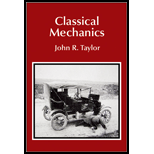
Concept explainers
(a)
The equation of motion of particle and resolve into three components, also show that the motion of the particle remains constant in the plane
(a)
Answer to Problem 2.55P
The equation of motion of the charged particle is
Explanation of Solution
Write the expression for force experienced by a particle moving in electric and magnetic field.
Here,
The above can also be written as
In terms of component along
Equate the components along
Since
Equate the components along
Since
Equate the components along
From the above equation it is clear that
Conclusion:
Therefore, the equation of motion of the charged particle is
(b)
To show that for a unique value of
(b)
Answer to Problem 2.55P
As
Explanation of Solution
Let the initial speed of the particle for which the particle remains undeflected is
Write the expression for electrostatic force on the particle.
Here,
Write the expression for magnetic force.
Here,
Since the initial speed of the particle is equal to the drift speed of the particle, the above equation is reduced to
For a particle to be undeflected, the magnitude of electrostatic force and magnetic force should be equal.
Using the above condition, equate equation (VI) and (VII).
Rearrange the above equation.
As
Conclusion:
Therefore, as
(c)
To solve the equation of motion of the particle, and to obtain the velocity of as a function of
(c)
Answer to Problem 2.55P
The velocity of the particle as a function of
Explanation of Solution
The speed of the particle along
Differentiating the above equation with respect to time.
The above equation can also be written as
The solution of the above equation is given by
Given that the speed of the particle along
Differentiating the above equation with respect to time.
The above equation is written as
The solution of the above equation is given by
Since
Use equation (IX) in equation (VIII).
At time
Use the above equation in equation (XII).
Use equation (XIII) in equation (XI).
And speed along
Conclusion:
Therefore, the velocity of the particle as a function of
(d)
The position of the particle as a function of time
(d)
Answer to Problem 2.55P
The position of the particle as a function of time
Explanation of Solution
From subpart (c),
The above equation is written as
Replace
Similarly position
Assuming
Use the above equation in equation (XVII).
Use equation (XIV) in equation (XVI).
For
For
Figure 1 represents the trajectory of
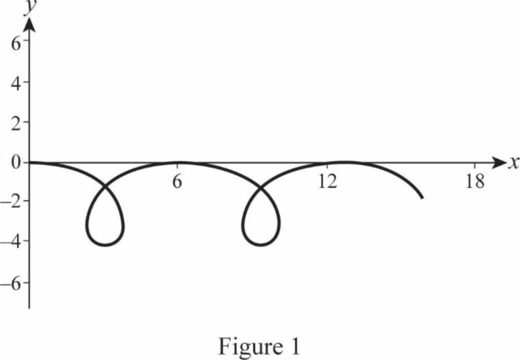
Figure 2 represents the trajectory of
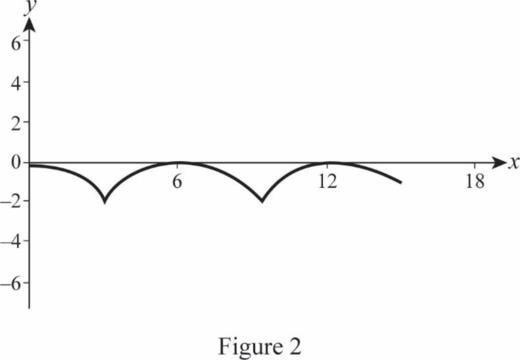
Figure 3 represents the trajectory of
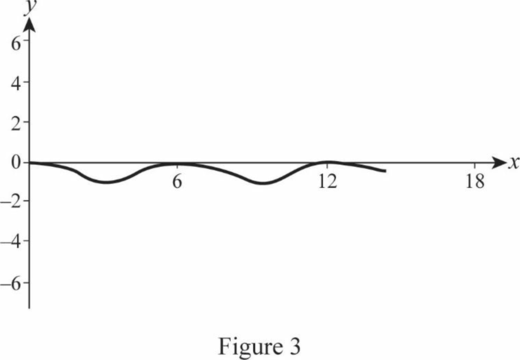
Figure 4 represents the trajectory of
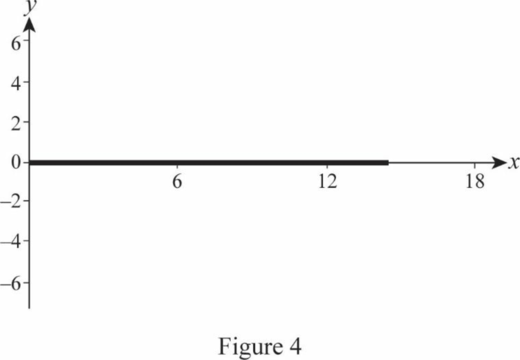
Figure 5 represents the trajectory of

Figure 6 represents the trajectory of

Figure 7 represents the trajectory of

Conclusion:
Therefore, the position of the particle as a function of time
Want to see more full solutions like this?
Chapter 2 Solutions
Classical Mechanics
 College PhysicsPhysicsISBN:9781305952300Author:Raymond A. Serway, Chris VuillePublisher:Cengage Learning
College PhysicsPhysicsISBN:9781305952300Author:Raymond A. Serway, Chris VuillePublisher:Cengage Learning University Physics (14th Edition)PhysicsISBN:9780133969290Author:Hugh D. Young, Roger A. FreedmanPublisher:PEARSON
University Physics (14th Edition)PhysicsISBN:9780133969290Author:Hugh D. Young, Roger A. FreedmanPublisher:PEARSON Introduction To Quantum MechanicsPhysicsISBN:9781107189638Author:Griffiths, David J., Schroeter, Darrell F.Publisher:Cambridge University Press
Introduction To Quantum MechanicsPhysicsISBN:9781107189638Author:Griffiths, David J., Schroeter, Darrell F.Publisher:Cambridge University Press Physics for Scientists and EngineersPhysicsISBN:9781337553278Author:Raymond A. Serway, John W. JewettPublisher:Cengage Learning
Physics for Scientists and EngineersPhysicsISBN:9781337553278Author:Raymond A. Serway, John W. JewettPublisher:Cengage Learning Lecture- Tutorials for Introductory AstronomyPhysicsISBN:9780321820464Author:Edward E. Prather, Tim P. Slater, Jeff P. Adams, Gina BrissendenPublisher:Addison-Wesley
Lecture- Tutorials for Introductory AstronomyPhysicsISBN:9780321820464Author:Edward E. Prather, Tim P. Slater, Jeff P. Adams, Gina BrissendenPublisher:Addison-Wesley College Physics: A Strategic Approach (4th Editio...PhysicsISBN:9780134609034Author:Randall D. Knight (Professor Emeritus), Brian Jones, Stuart FieldPublisher:PEARSON
College Physics: A Strategic Approach (4th Editio...PhysicsISBN:9780134609034Author:Randall D. Knight (Professor Emeritus), Brian Jones, Stuart FieldPublisher:PEARSON





